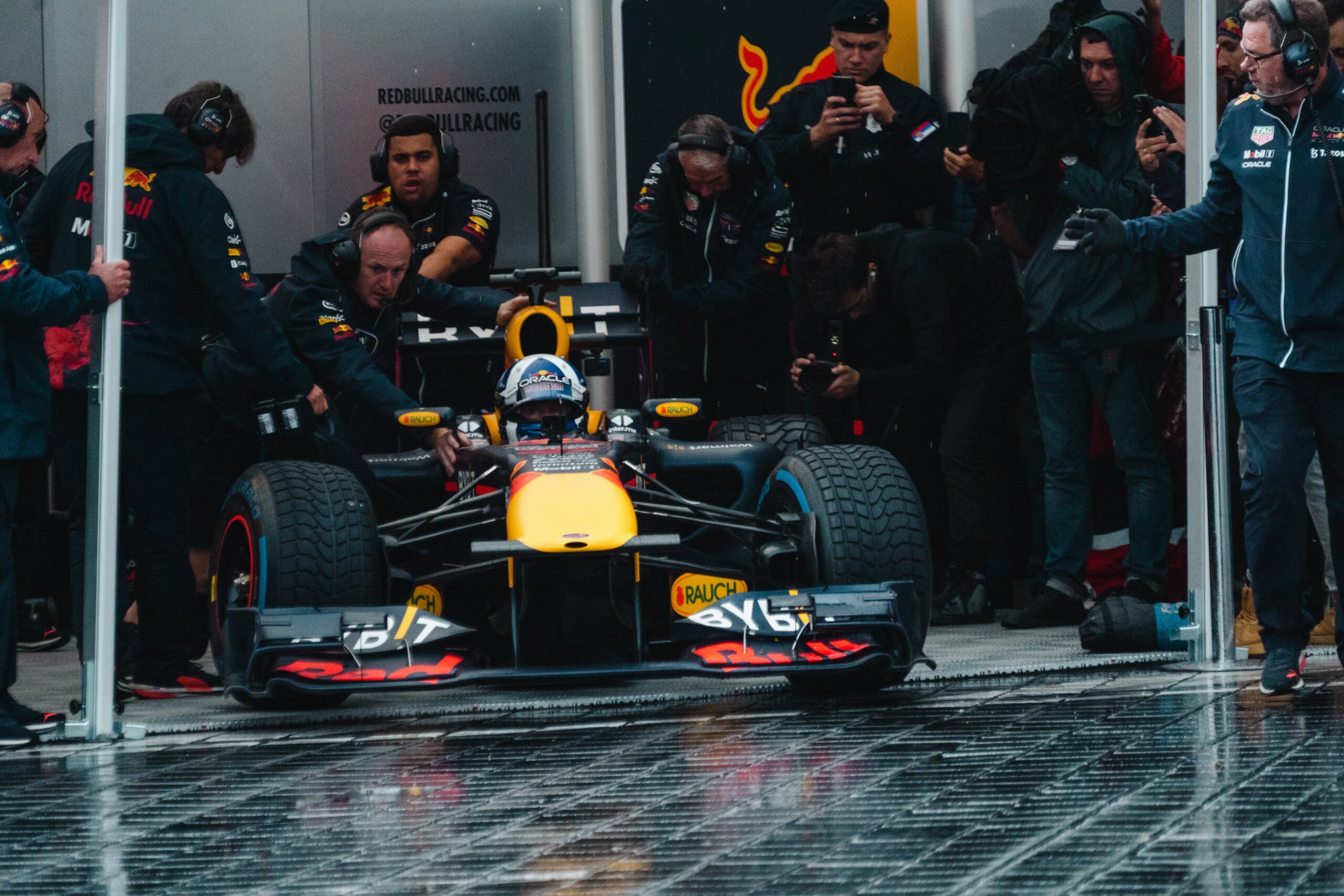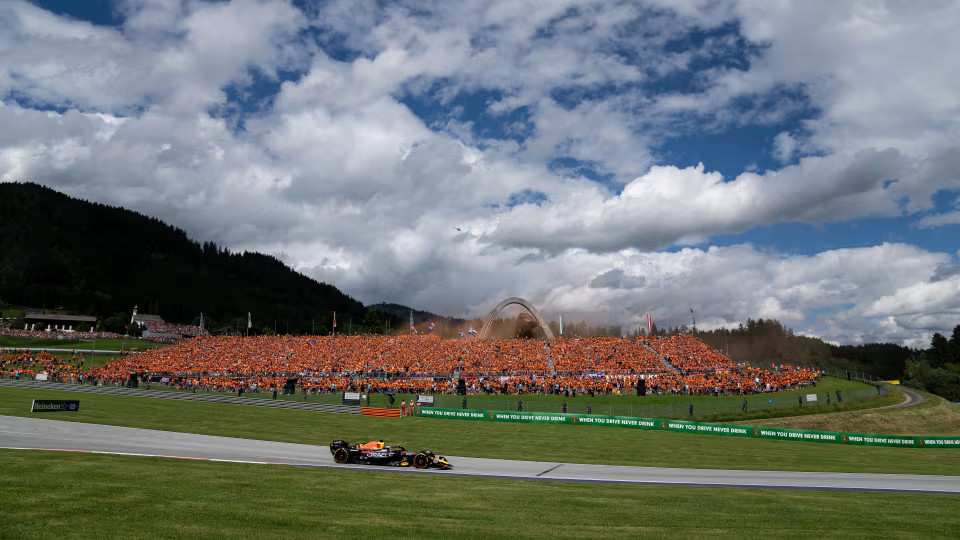Introduction
In recent years, Formula 1 has witnessed a resurgence in popularity, and many attribute this renewed interest to the gripping Netflix docuseries “Formula 1: Drive to Survive.” The series has introduced the high-octane world of F1 to a broader audience, captivating viewers with its behind-the-scenes drama and adrenaline-fueled action. In this article, we explore the impact of “Drive to Survive” on Formula 1 and how it has helped steer the sport into a new era of global fandom.
Unveiling the Human Stories Behind the Helmets
“Drive to Survive” has masterfully shed light on the personal stories of drivers, team managers, and crew members, bringing a human touch to the technologically advanced sport. By delving into the lives, struggles, and triumphs of the individuals involved, the series has cultivated a connection with viewers that transcends the traditional race-day experience. This emotive storytelling approach has not only retained long-time fans but also attracted new ones who may have been previously indifferent to motorsports.
The Netflix Binge Culture and Formula 1
Netflix’s vast subscriber base and binge-watching culture have served as a catalyst for F1’s growing popularity. The accessibility and ease of streaming “Drive to Survive” have allowed it to reach an audience far beyond the usual Grand Prix viewership. The series’ release timing, often just before the start of the new F1 season, has worked to generate buzz and anticipation for the races ahead, effectively converting viewers into fans eager to follow the live action.
Amplifying Global Reach and Engagement
With “Drive to Survive,” F1 has expanded its demographic appeal, breaking through age and gender barriers. Social media platforms are abuzz with conversations about the series, amplifying its reach and fostering a community of engaged fans around the globe. The docuseries has become a cultural phenomenon, with its influence evident in the surge of online searches, social media growth, and merchandise sales related to Formula 1.
Boosting Interest in Lesser-Known Teams and Drivers
While the sport’s superstars have always drawn attention, “Drive to Survive” has spotlighted lesser-known teams and drivers, giving them a platform and fan base they might not have otherwise enjoyed. This balanced exposure has contributed to a more profound interest in the sport as a whole, rather than just the frontrunners, creating a more diverse and invested viewership.
The Role of Narrative and Drama
“Drive to Survive” has successfully packaged the natural drama of F1 into a narrative that is both engaging and compelling. The strategic use of cliffhangers, character development, and on- and off-track conflicts keeps viewers hooked and looking forward to the next installment. The storytelling technique employed by the series has not only made existing races more exciting but also built a narrative that carries through the F1 season, keeping fans engaged from one race to the next.
Conclusion
“Formula 1: Drive to Survive” has undoubtedly played a pivotal role in accelerating the popularity of Formula 1 across the globe. By combining human interest stories with the innate excitement of motorsports, the series has captured the imagination of millions and brought new life to the world of Formula 1. As the engines roar to life for each new season, the legacy of “Drive to Survive” continues to echo through the grandstands, reminding us that the sport we love is about more than just the race; it’s about the passion, the people, and the drive to overcome limits, both on and off the track.







